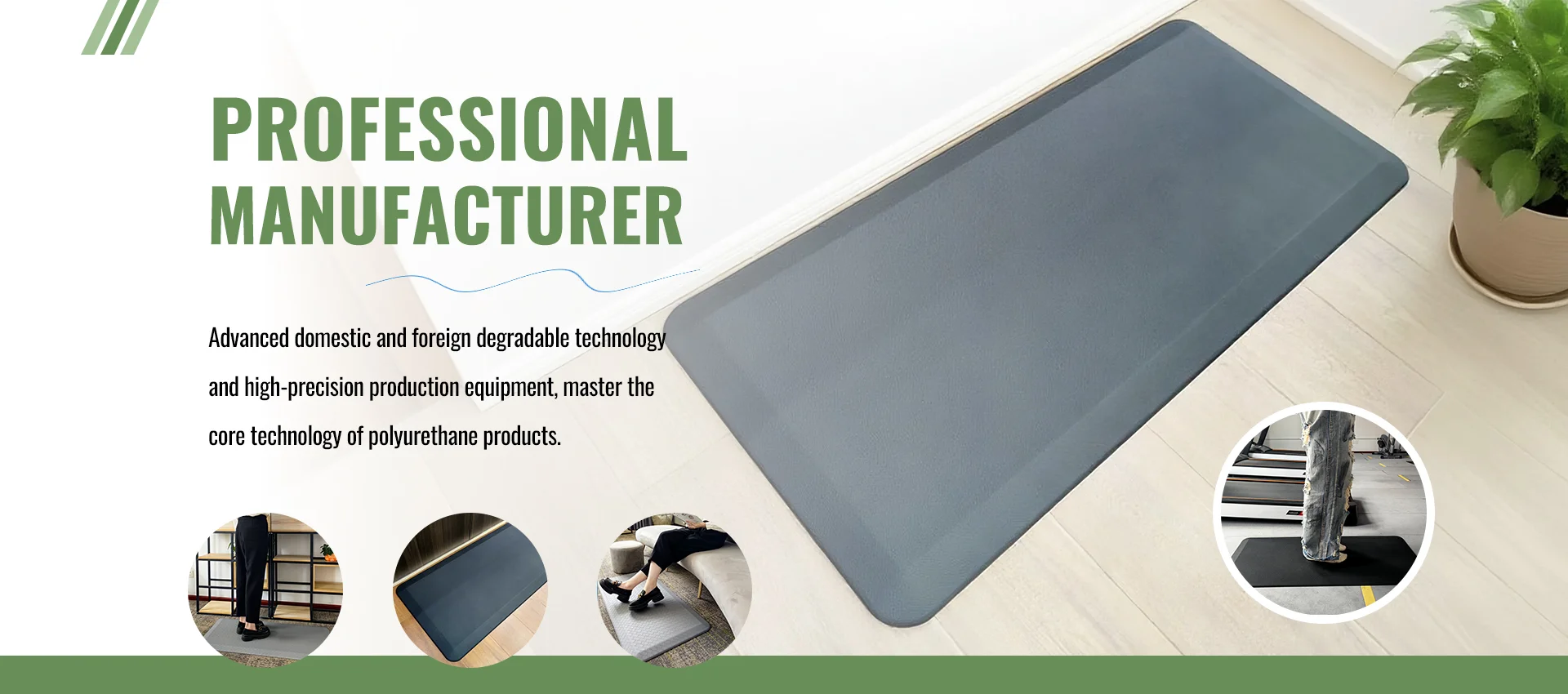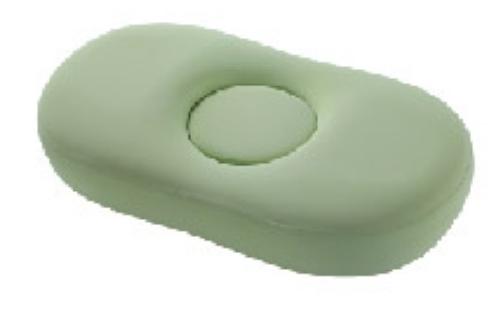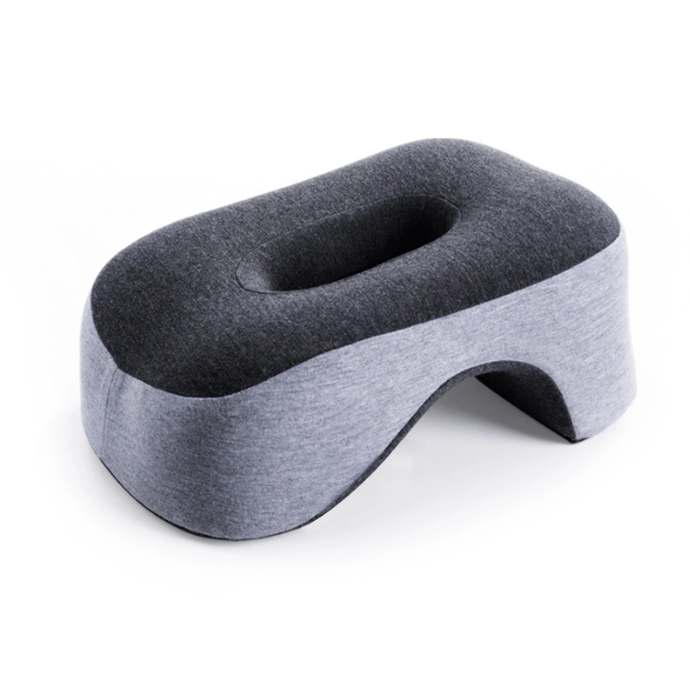High-rebound sponge is a unique type of foam material distinguished by its exceptional elasticity, resilience, and durability. Unlike conventional sponges or standard polyurethane foams, high rebound sponge rapidly returns to its original shape after compression, offering superior support and comfort. Its distinctive mechanical properties, combined with lightweight, breathability, and longevity, make it a preferred material across multiple industries, including furniture manufacturing, automotive, packaging, sports equipment, medical products, and specialty industrial applications.
High Rebound Sponge
At its core, a high rebound sponge is composed of polymeric materials that have undergone advanced chemical processes to enhance elasticity and tensile strength. The formulation typically includes polyurethane or other synthetic polymers, which are cross-linked to achieve optimal rebound performance. This cross-linking allows the sponge to resist permanent deformation, even under repetitive or high-pressure use.
Key Physical Properties:
-
Resilience: Ability to recover quickly after compression.
-
Elasticity: Stretching and returning to shape without permanent distortion.
-
Durability: Resistant to wear, tear, and mechanical fatigue.
-
Lightweight: Low density makes it suitable for transportable products.
-
Shock Absorption: Effective in dampening vibrations and impacts.
High rebound sponge is often categorized by its density and hardness, which directly influence its performance in specific applications. For instance, a higher-density sponge provides firm support for mattresses and orthopedic cushions, whereas a softer version is used for packaging delicate products or creating ergonomic padding in sports gear.
Benefits of High Rebound Sponge
High rebound sponge provides several benefits that make it superior to other foam materials:
-
Exceptional Comfort: The material’s ability to conform to shapes and return to its original form ensures superior comfort in bedding, seating, and upholstery applications. Unlike standard foam, it maintains consistent support without sagging.
-
Longevity and Durability: High rebound sponge resists compression set, meaning it retains its shape and firmness over long periods. This reduces replacement costs in commercial and industrial settings.
-
Enhanced Safety: The material’s shock-absorbing properties make it suitable for protective padding, industrial cushioning, and impact mitigation, reducing the risk of injury.
-
Lightweight and Versatile: Its low density allows designers and engineers to incorporate it into portable products or items requiring precise weight balance.
-
Cost Efficiency: Despite the initial higher material cost, the long lifespan and reduced maintenance make high rebound sponge a cost-effective choice over standard foam.

Industrial and Commercial Applications
The versatility of high-rebound sponge allows it to serve multiple industrial and commercial purposes:
- Furniture and Bedding
High rebound sponge is widely used in mattresses, cushions, and sofas. Its elasticity ensures even weight distribution, relieving pressure points and enhancing comfort. Luxury mattresses often feature layers of high-rebound sponge to improve sleep quality and prevent sagging over time. Upholstered furniture also benefits from its ability to maintain shape, providing consistent aesthetics and support. - Automotive Industry
Automotive seating, headrests, and interior panels often incorporate high rebound sponge for its combination of comfort and resilience. The material absorbs vibrations and reduces fatigue for drivers and passengers. Additionally, high rebound sponge is used in door padding and dashboards to enhance safety during collisions. - Packaging Solutions
Fragile or high-value items can be protected using a high-rebound sponge due to its excellent shock absorption. Industrial packaging often relies on custom-cut sponge inserts to secure electronics, glassware, and delicate machinery components. Its lightweight nature also reduces shipping costs while maintaining product safety. - Sports and Recreation
Protective sports equipment, including helmets, pads, and footwear, often utilizes high-rebound sponge. It cushions impacts, reduces the risk of injury, and improves overall performance. Gym equipment, such as mats and benches, also leverages its resilience for durability and comfort. - Medical Applications
High rebound sponge is increasingly integrated into medical devices, cushions, and therapeutic supports. Wheelchair cushions, rehabilitation pads, and hospital mattresses benefit from its ability to reduce pressure sores and enhance patient comfort. Its hygienic properties allow for easy cleaning and maintenance. - Specialty Industrial Uses
High rebound sponge is used in precision manufacturing, vibration damping, and soundproofing. Electronic devices, industrial machines, and delicate instruments utilize sponge inserts to protect against mechanical stress and acoustic interference.
Technical Considerations in High Rebound Sponge Selection
Selecting the appropriate high-rebound sponge requires understanding key technical factors:
-
Density: Higher density typically means firmer support and longer durability. Density affects applications such as mattresses (medium to high density) versus packaging (low to medium density).
-
Hardness: Shore hardness measures the firmness of the sponge. Softer options absorb impacts better, while harder sponges provide structured support.
-
Compression Set Resistance: This property defines how well the sponge returns to its original shape after prolonged compression, essential in seating and cushioning.
-
Temperature Stability: High rebound sponge must maintain elasticity in varying temperatures, especially in automotive or outdoor applications.
-
Chemical Resistance: Some industrial uses require resistance to oils, solvents, or cleaning agents.
Manufacturing Process
High rebound sponge production involves several critical steps to ensure quality:
-
Polymer Selection: Raw materials are chosen based on desired density, elasticity, and chemical stability.
-
Foaming Process: Controlled chemical reactions introduce air into the polymer, creating a uniform cell structure.
-
Curing and Cross-Linking: Chemical or thermal processes stabilize the polymer network, enhancing elasticity and resilience.
-
Cutting and Shaping: Custom shapes and sizes are achieved using precision cutting, die-cutting, or CNC machines.
-
Quality Testing: Compression tests, resilience tests, and durability assessments ensure compliance with performance standards.
Advanced manufacturing also allows for layering and combining with other materials, such as memory foam or gel inserts, to further enhance properties.
Sustainability and Environmental Impact
With growing environmental awareness, sustainable high rebound sponge solutions are becoming essential. Manufacturers are exploring bio-based polymers, recyclable sponges, and low-VOC production techniques. High rebound sponge can also be engineered for long life, reducing landfill waste compared to conventional foam that deteriorates quickly. Environmentally conscious companies increasingly demand materials that comply with green certifications and minimize environmental impact.
Market Trends
The global high rebound sponge market is expanding, driven by demand in premium furniture, automotive, medical, and protective packaging sectors. Trends include:
-
Integration with Smart Materials: Combining high rebound sponge with sensors or conductive elements for smart furniture or wearable devices.
-
Customization: Demand for custom-cut and layered sponges tailored to specific applications is rising.
-
Sustainable Materials: Bio-based polymers and recycled sponge products are gaining popularity.
-
Innovative Designs: Ergonomic and multi-functional designs in seating, bedding, and industrial cushioning are increasing.
Future Outlook
The future of high-rebound sponge appears robust, fueled by technological innovation and expanding applications. Advanced polymer chemistry and manufacturing techniques are likely to improve resilience, temperature tolerance, and impact absorption. Industries such as aerospace, robotics, and smart devices may adopt high rebound sponge for specialized cushioning, vibration damping, and ergonomic enhancements.
Emerging trends include:
-
3D-Printed Sponge Structures: Precision manufacturing allows complex shapes and multi-density sponges for enhanced performance.
-
Hybrid Materials: Combining sponge with gel, memory foam, or aerogel layers for multifunctional products.
-
Smart Foam Integration: Incorporating IoT sensors or conductive pathways for monitoring pressure, temperature, or usage patterns.
-
Eco-friendly Production: Focus on recyclable and biodegradable high rebound sponges to meet sustainability standards.
High rebound sponge represents a versatile, high-performance material with applications spanning furniture, automotive, packaging, sports, medical, and industrial fields. Its superior elasticity, durability, and comfort make it ideal for both protective and ergonomic purposes. With continued innovation, sustainable manufacturing, and increasing demand for resilient materials, high rebound sponge is set to maintain its relevance and expand its market presence.
Businesses and manufacturers investing in high-rebound sponge can expect long-term benefits, including reduced replacement costs, enhanced product performance, and higher customer satisfaction. By understanding its properties, applications, and emerging trends, companies can leverage this material to develop high-quality, durable, and innovative solutions.




